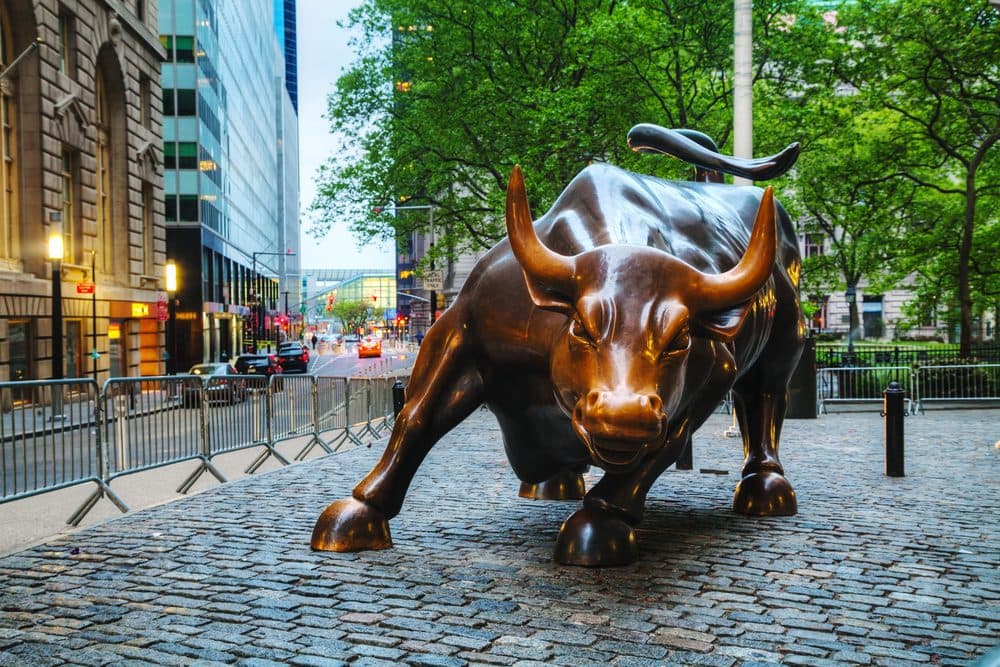Early Innings of Institutional Adoption
2020 brought along with it one of the worst pandemics in human history. Nobody had any choice but to adapt to the new normal of wearing masks, social distancing and working remotely – if you were fortunate enough to stay employed. […]

- Since Bitcoin crossed the psychological rubicon of $20,000, institutional interest has flourished
- In the past 3 weeks, BKC Capital has had more inbound institutional interest than in all of 2020
- BKCapital was up +71.8% in 2020 as a market-neutral strategy vs. an avg public equity market neutral performance of -1.12%
2020 brought along with it one of the worst pandemics in human history. Nobody had any choice but to adapt to the new normal of wearing masks, social distancing and working remotely – if you were fortunate enough to stay employed.
We saw everything from unemployment skyrocketing to 15% in April, to extensive wait lines at the local food banks across the nation. Signs like these hint that the economic damage from COVID-19 will linger on longer than we initially expected.
On the flipside, cryptocurrency saw its rhetoric drastically change for the better amongst institutional investors. After a brief setback known as Black Friday in March saw Bitcoin dive nearly 50%, Bitcoin not only recovered but roared back nearly 140% prior to the “Halving” in early May.
That was only the beginning, however. Bitcoin continued to show its resilience on the back of ‘unlimited money printing’ from central banks around the world. M2 money supply grew by over $4 trillion in the US alone. Institutional investors started acknowledging the power of decentralized currency given its finite supply.
By the end of 2020, legendary macro investors including Paul Tudor Jones and Stanley Druckenmiller began recommending an allocation to cryptocurrency as an asset class. More traditional financial service institutions such as Blackrock, JP Morgan and AllianceBernstein (where I began my career), soon followed.
After crossing a psychologically significant $20,000 mark on December 15, the price of Bitcoin has nearly doubled in a mere 3-week period. Its price jumped 50% to $30,000 to ring in the new year and it has crossed $40,000 in a week thereafter.
Since breaking its previous all-time high price on December 15, our firm BKCoin Capital has received more inbound calls these past three weeks than almost all of 2020 combined. Given this rapid increase in interest, a few important questions come to mind.
Why are the investors rushing into this asset class after hitting all-time highs? What happened in the last 6 months to change investors minds after nearly a decade of dislike and discomfort?
We’ve had inbound calls from traditional “funds of funds” to family & friends asking how to allocate this past month. With billions of dollars pouring into Bitcoin this past month and with no signs of slowing down, we can feel that the wall of institutional capital flowing into this asset class has just started.
What Does a Growing Ecosystem Mean for Investors?
As this asset class matures, investors must decide on a strategy for gaining exposure.
Is simply buying and holding Bitcoin sufficient? The success of passive funds like Grayscale, 3iQ and Bitwise suggest there’s demand for buy and hold, but others will undoubtedly search out more sophisticated active strategies.
At BKCoin Capital, we have been running market-neutral strategies for over two years where investors can add exposure to digital assets with much less volatility using derivatives to hedge while our Bitcoin-denominated strategies (with the objective to accumulate more Bitcoin) have gained substantial traction this past year. Most investors understand the benefits of adding a digital asset exposure into portfolios but can’t stomach its volatility that comes with the nascent asset class. Although Bitcoin doesn’t pay any dividends, if investors can grow their Bitcoin holdings through active strategies outside of simply buying and holding, why wouldn’t they?
2021 will be a very interesting time for everyone involved in digital assets. Regulators are increasingly demonstrating understanding and providing clarity, allowing more institutional investors to enter into this space.
While we are still in the very early innings, we will see digital assets grow into an investment vehicle that portfolio managers can no longer ignore. I hope the growth of this space benefits not only institutional investors but also people around the world who have been left behind due to central banks’ irresponsible monetary policy.
What an exciting time to be alive!






